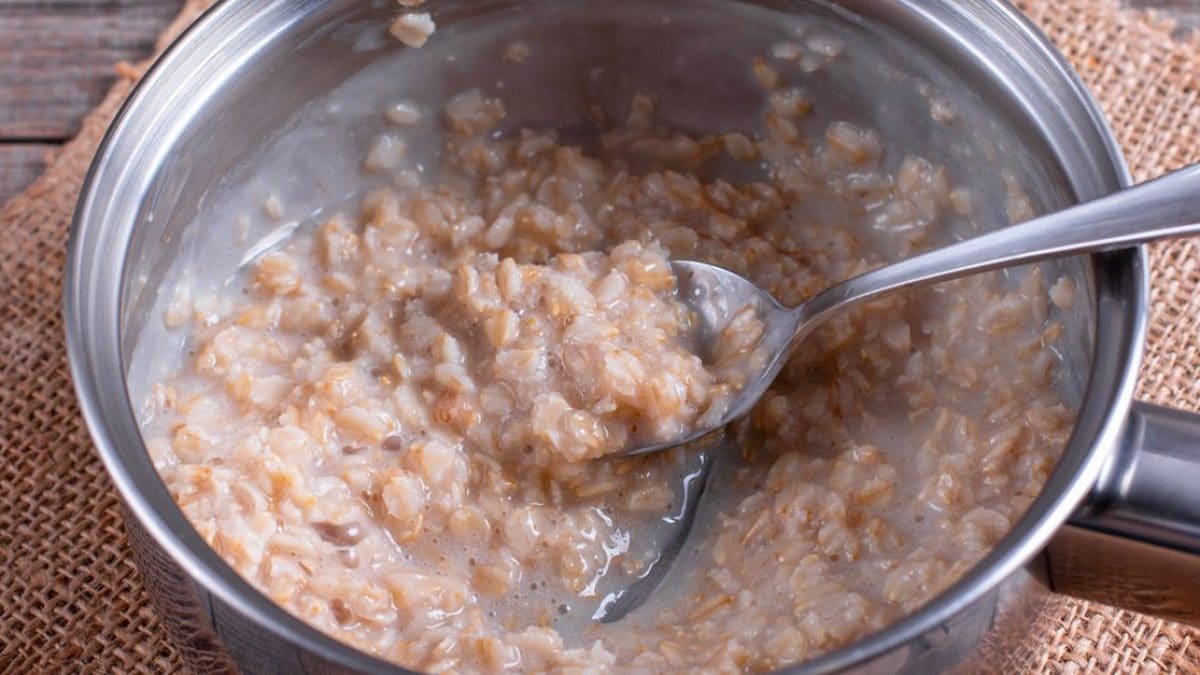
Oats are a very ancient cereal, originally from the East but already widespread in the Mediterranean basin at the time of the Greeks and Romans, who made extensive use of them. The cereal is obtained from the Avena sativa plant, a variety belonging to the Graminaceae (or Poaceae) family like barley, wheat, rice and is particularly appreciated for its nutritional profile. Oats were once used mainly in animal feed, but in recent years they have also been "re-qualified" as a food for human nutrition precisely because of the many beneficial effects they have on the human body.
Oats are very rich in proteins and contain a type of carbohydrates capable of providing long-term energy, which is why they are highly appreciated by those who do sports, and they are also a concentrate of fiber. Generally, oats are very widespread in the form of flakes but can also be found in other variants, for example in grains or in the form of flour: here is a guide to all the types of oats on the market and how to best use them in the kitchen.
1. How to Cook Rolled Oats
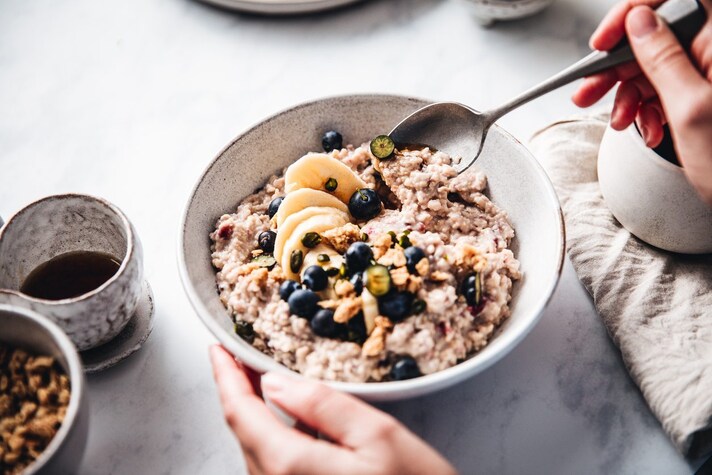
The most common and well-known form in which you can find the cereal is oat flakes, very famous especially because they are the basic ingredient of the classic porridge typical of the English breakfast: in this case the flakes will cook in the chosen liquid – cow's milk, vegetable milk or water – for about ten minutes, or in any case until the desired consistency. These are obtained by processing the seeds of the plant, which are dried, pressed, steamed and then toasted, and in reality they have many more culinary uses than you imagine: you can add them to milk and yogurt just like classic breakfast cereals, you can use them as an ingredient to prepare homemade energy bars or to prepare tasty desserts such as oat and banana biscuits or the typical Scottish cranachan. If you want to try them in savoury recipes, try chopping them in the mixer and use them to make delicious crunchy coatings instead of classic breadcrumbs.
2. How to Cook Oat Grains
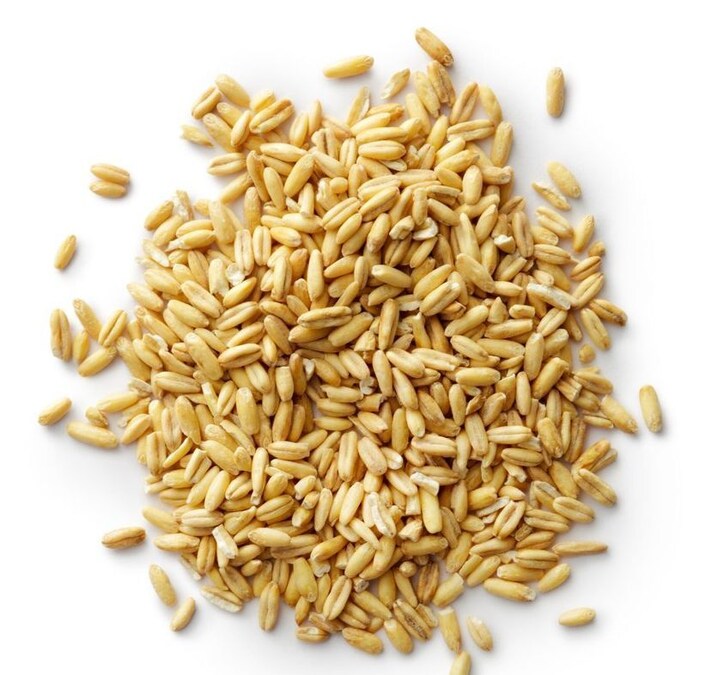
Another type you may come across is whole oats, a variant similar to spelt and barley. In this case, they are divided into two types, pearled oats and hulled oats: in the first case, the grains need to be soaked for at least 12 hours before being used, while in the second case, about 3 hours of soaking will be enough before cooking. Cooking times also vary between the two types, with pearled oats requiring no less than an hour and hulled oats requiring about 45 minutes; both require a ratio of oats to water of 1:3. Both types of oats go very well with legumes, especially beans and chickpeas, but you can also use them in mixed soups. Hulled oats, after soaking, can also be used raw added to salads or yogurt, just remember to rinse them well and several times with cold water to remove any impurities.
3. How to Cook Whole Oats
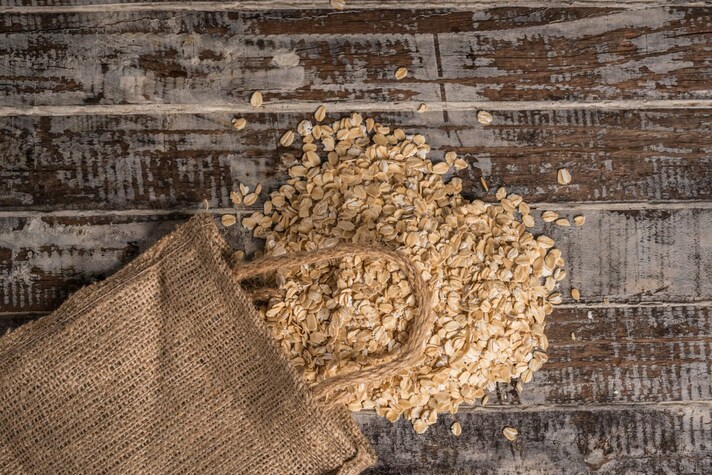
You can also find whole oats, a type characterized by a darker color and a slightly stronger flavor. Even in this case, the soaking and cooking times are quite long: before they can be used, whole oats require a rest in water for at least 12 hours and then about an hour and a half of cooking; remember that for each glass of oats to be cooked, three cups of water are needed. Once cooked, you can use them in a similar way to rice, therefore in soups and broths, in timbales, mixed salads and in addition to vegetables in hot and cold dishes, but also as a side dish combined with meat second courses.
4. How to Use Oat Flour
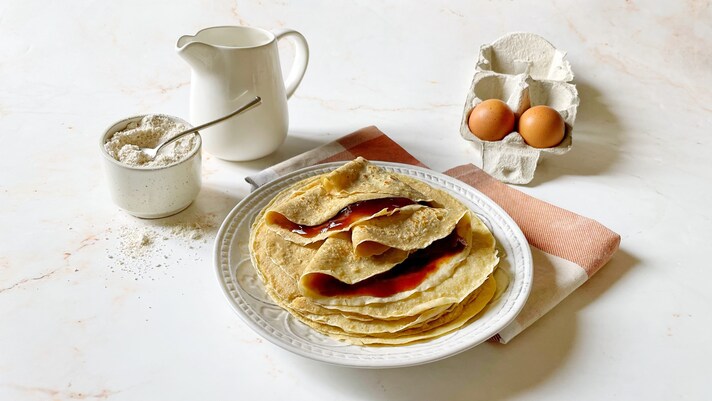
From the processing of the cereal you also get oat flour, a product with multiple benefits, and also excellent for those intolerant to gluten, which you can use together with or in place of the classic white flour. Oat flour lends itself very well, used alone, to dry preparations such as biscuits or for desserts such as pancakes and crêpes, while for the preparation of savory and leavened products it is advisable to mix it with other flours, perhaps wheat, to obtain correct leavening.
;Resize,width=767;)
